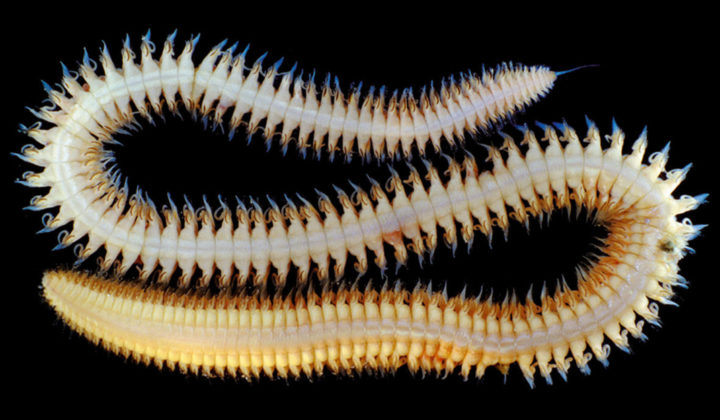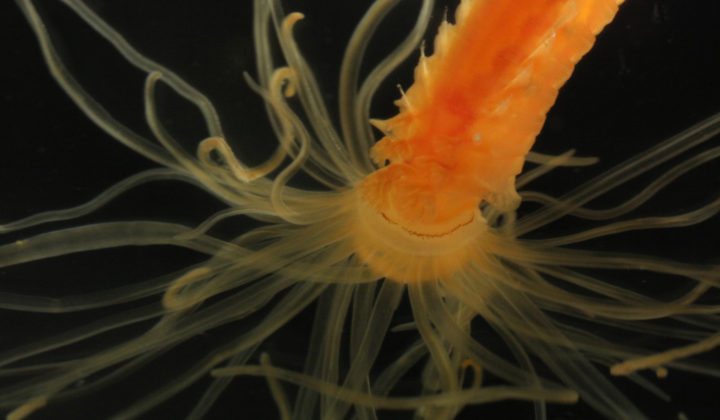The larval development of Polygordius with its characteristic larva discovered by Lovén in 1843 (‚endolarva’), is often cited as a textbook example for annelid development. The description of the first abult Polygordius, 25 years after Lovén marked the beginning of a rich and controversial history of the systematic placement of the genus within the Polychaeta, which has not yet come to an end.
In this project the diversity and taxonomy of the Polygordiidae Czerniavsky, 1881 will be clarified using morphological and molecular methods. The project started with the discovery and description of Polygordius jouinae Ramey, Fiege & Leander, 2006, a common an ecologically important species from the continental shelf of the New England States of the USA.
Results of this project have been presented at the following international conferences: 9th, 10th, and 11th International Polychaete Conference in Portland, Maine (August 2007), Lecce, Italy (June 2010), and Sydney, Australia (August 2013); the 10th and 13th Annual Meeting of the Society for Biological Systematics (GfBS) in Göttingen (April 2008) and Bonn (February 2012); the 46th European Marine Biology Symposium in Rovinj, Croatia (November 2011); and the 106th Annual Meeting of the German Zoological Society (DZG) in Munich (September 2013).
Publications:
Ramey, P.A., Fiege, D. & Leander, B.S. (2006): A new species of Polygordius (Polychaeta: Polygordiidae): A dominant member of infaunal communities on the inner continental shelf and in bays and harbors of the northeastern United States. Journal of the Marine Biological Association of the United Kingdom 86.5: 1025-1034.
Ramey, P.A., Fiege, D. (2007): -A “famous–or infamous” marine worm? JMBA Global Marine Environmental Magazine 5: 16.
Ramey-Balci, P. A., Fiege, D. & Purschke, G. (2013): Polygordiida: Polygordiidae Czerniavsky, 1881. In: Handbook of Zoology Online. Annelida: Polychaetes. Westheide, W & Purschke, G. (Eds.). De Gruyter, Berlin. 10 pp. Retrieved from http://www.degruyter.com/view/Zoology/bp_029147-6_7 (published online ahead of print).
Lehmacher, C., Fiege, D. & Purschke, G.(2014): Immunohistochemical and ultrastructural analysis of the muscular and nervous systems in the interstitial polychaete Polygordius appendiculatus (Annelida). Zoomorphology 133:21-41.
Lehmacher, C., Ramey-Balci, P. A., Wolff, L. I., Fiege, D. & Purschke, G. (2016) Ultrastructural differences in presumed photoreceptive organs and molecular data as a means for species discrimination in Polygordius (Annelida, Protodriliformia, Polygordiidae). Organisms, Diversity & Evolution 16 (3): 559-576.
Ramey-Balci, P. A., Fiege, D., Struck, T. (2018): Molecular phylogeny, morphology, and distribution of Polygordius(Polychaeta: Polygordiidae) in the Atlantic and Mediterranean. Molecular Phylogenetics and Evolution, 127: 919-930. https://doi.org/10.1016/j.ympev.2018.06.039.





